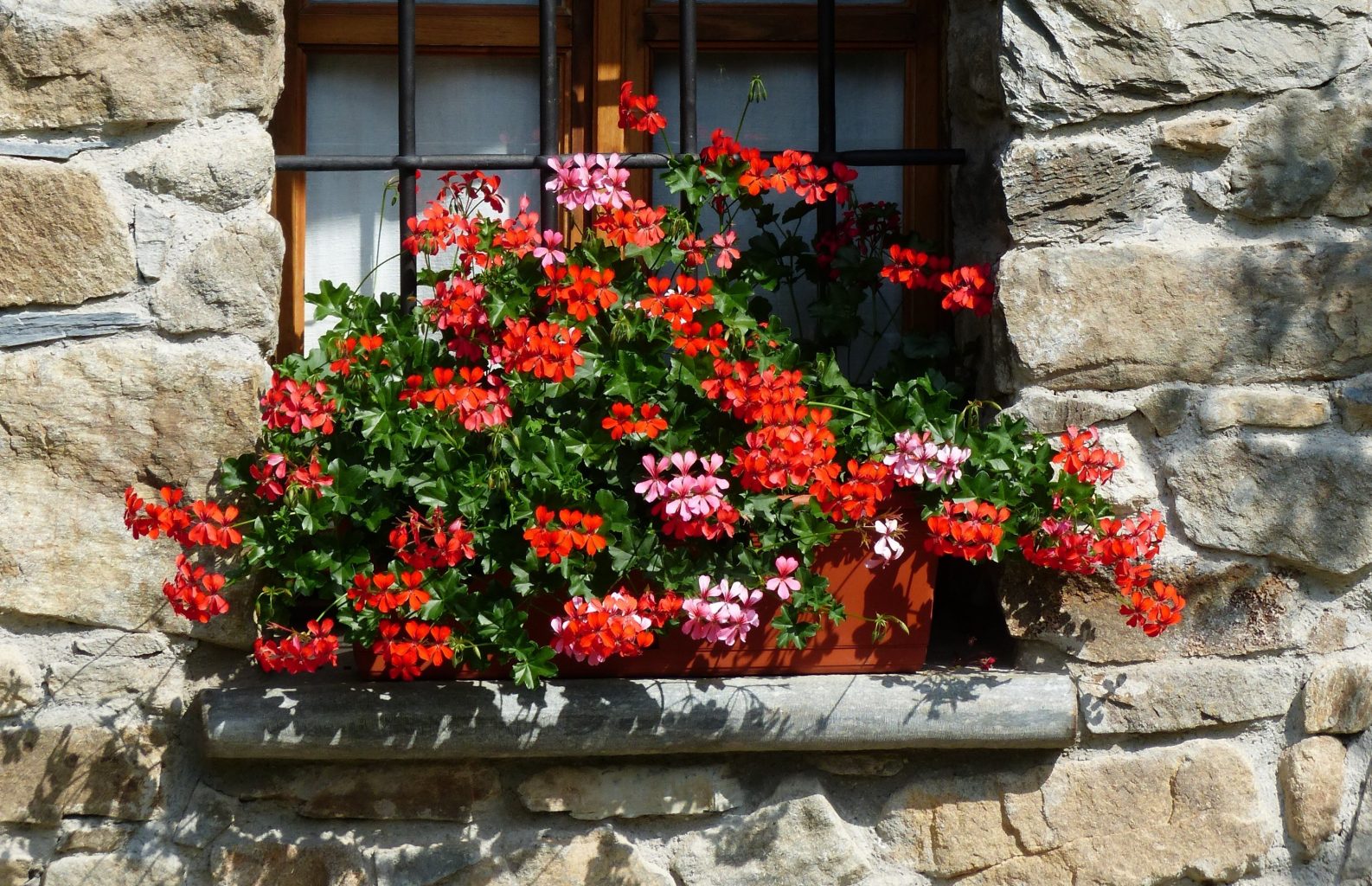
Almost everyone has heard of geraniums, so you could be forgiven for thinking they are native to North America. Geraniums originated in South Africa where over 250 wild species still grow. Geraniums did not arrive in Europe until the 17th century and were immediately adopted and brought in as an integral part of their culture. Geraniums did not appear in North America until the late 18th century where they have been cultivated to more than 1,500 different plant species and cultivars.
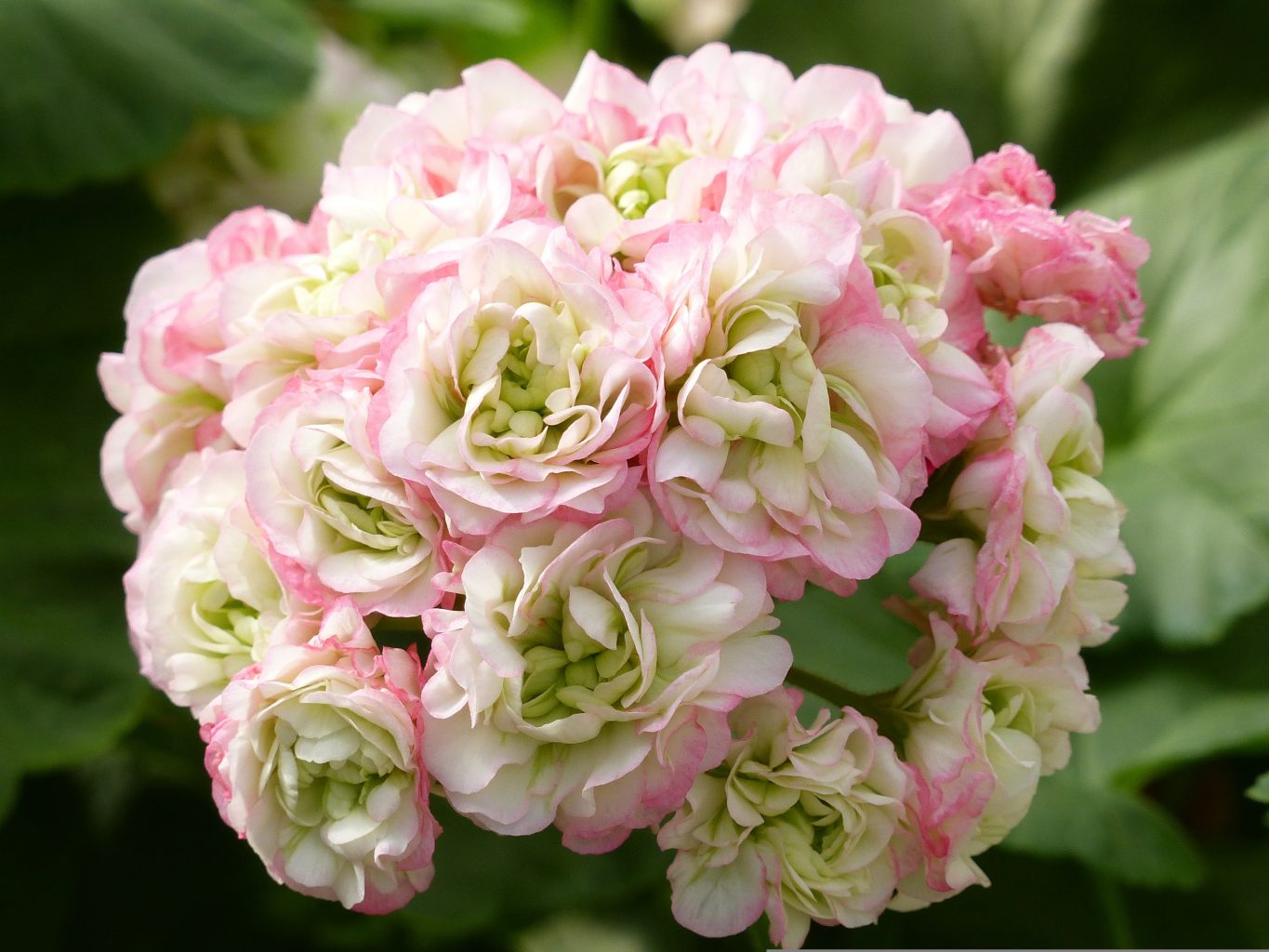
Most people recognize geraniums as the bright pink or red flowers popularly planted on balconies. They are actually amazingly versatile and diverse in color, size, leaf and flower shape. Under certain conditions geraniums can grow to phenomenal sizes. The Guinness Record was achieved with the tallest geranium measuring 21 feet, 3 inches; grown by Herbert Jonas in Dueren, Germany (measured in October 2010).
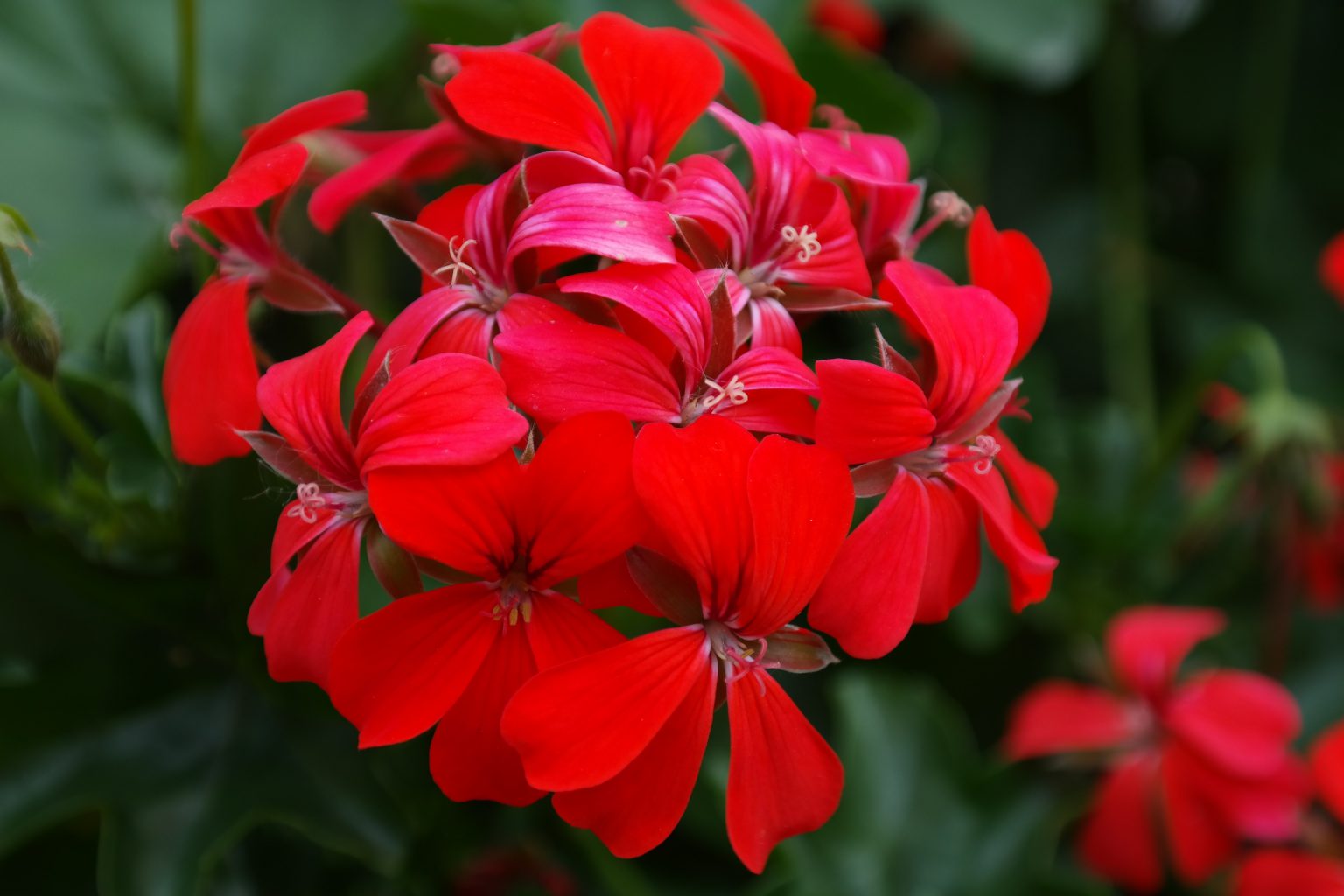
Geranium is from the Latin gerarium and Greek geranion which came from geranos or “crane.” It was called this because the seed pods were said to resemble crane’s bills.
The geranium has a history of being a symbol of “Hope and Safety.” The legend originated from a Greek myth about a flood that Zeus was threatening humanity with as punishment for human transgressions. A flock of cranes went to warn Zeus’ son and he took heed and was able to move to safety at the top of Mount Geranium.
Historically, geraniums symbolized immortality in China, wealth in Egypt and longevity in Japan, among many others.
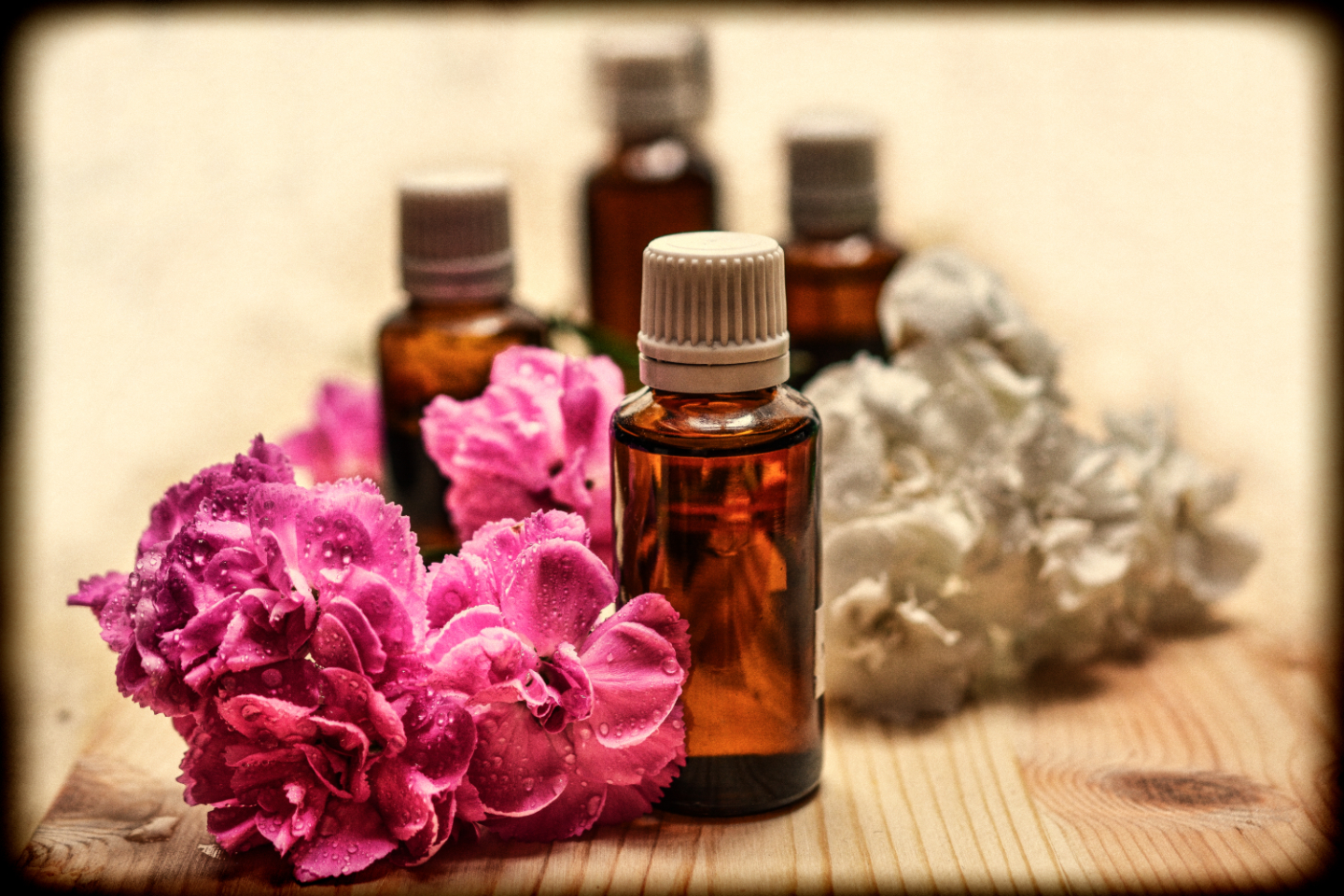
Essential oils are a wonderful way to connect with plants. These highly concentrated are plant-based aromatic fluids are mostly produced by steam or water distillation. Essential oils are not the same as perfume oils. Pure essential oils have specific therapeutic purposes which means they must be used with knowledge because, although they contain naturally occurring chemicals, they do have important guidelines for safe use.
Essential oils are part of the immune system plants use to protect themselves from pests and predators, as well as to attract pollinators. Not all plants are suitable for use as essential oil. One respected aromatherapy institute lists 130 essential oils. For perspective, although sources vary on how many plant species are documented in the world, the number ranges from 320,000 – 400,000.
Geranium essential oil is lovely, but not to everyone’s taste, some find they need time to get used to it. Often used in combination with or as a less expensive substitute for rose oil, it is calming, balancing and helpful with anxiety and depression. Used therapeutically this essential oil has antibacterial, antioxidant, and anti-inflammatory properties with a wide range of applications.
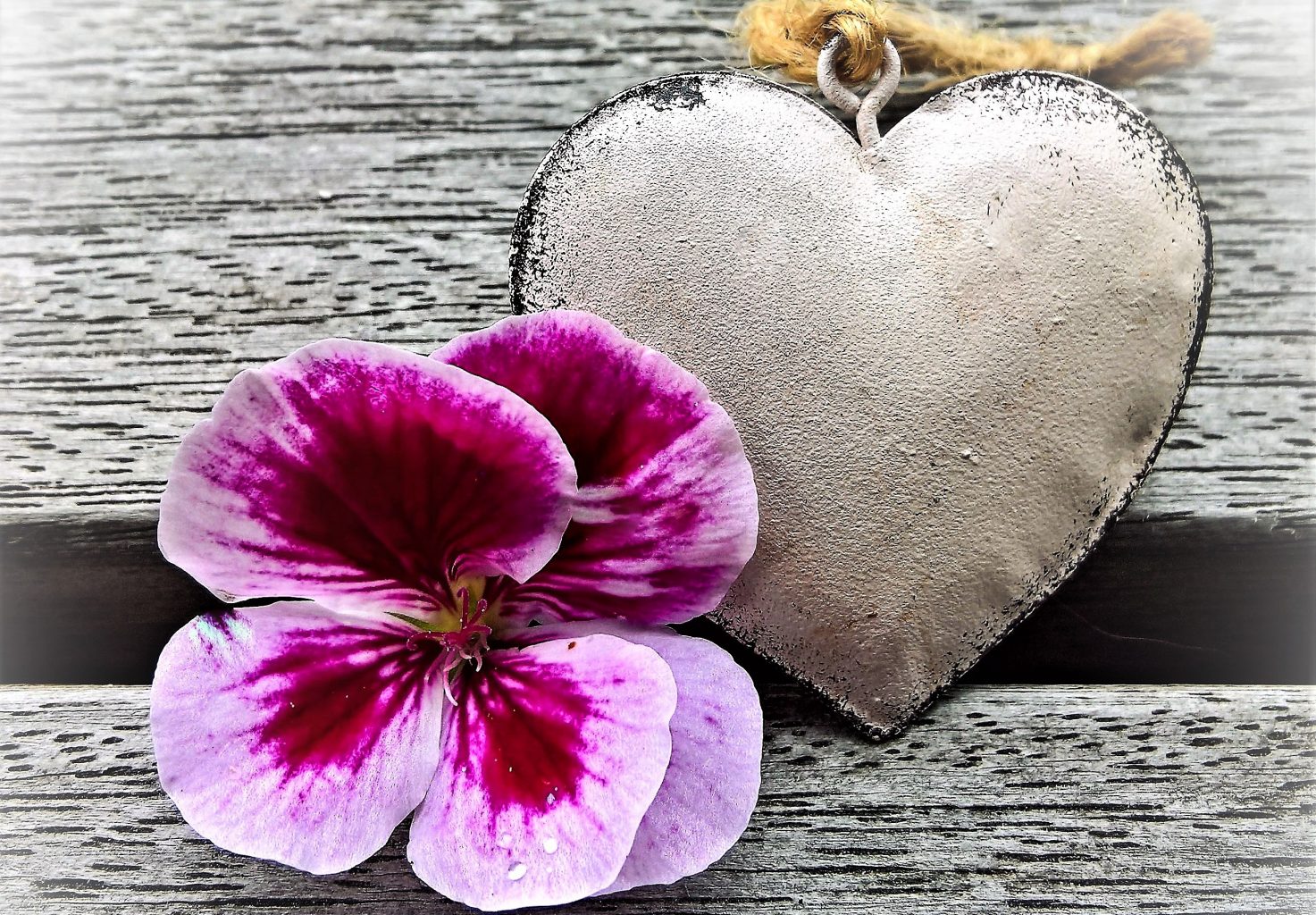
In some traditions, geraniums are associated with the heart area, the center of love and compassion. In this context, geraniums were thought to help balance and open one’s heart, promoting feelings of kindness, and empathy. Additionally, geraniums were often used in rituals and ceremonies to honor and connect with ancestors.
Within Traditional Chinese Medicine, geranium is used to promote qi circulation as well as for its ability to increase the energy of (tonify) yin. Yin is like the earth energy of receptivity and nurturing – dovetailing nicely with the associations of love and compassion.
As one study concluded: “A long history of traditional uses and abundant pharmacochemical and pharmacological studies have shown that it is an important natural medicine, which exerts outstanding therapeutic effects especially in anti-inflammation and anti-microorganisms.”
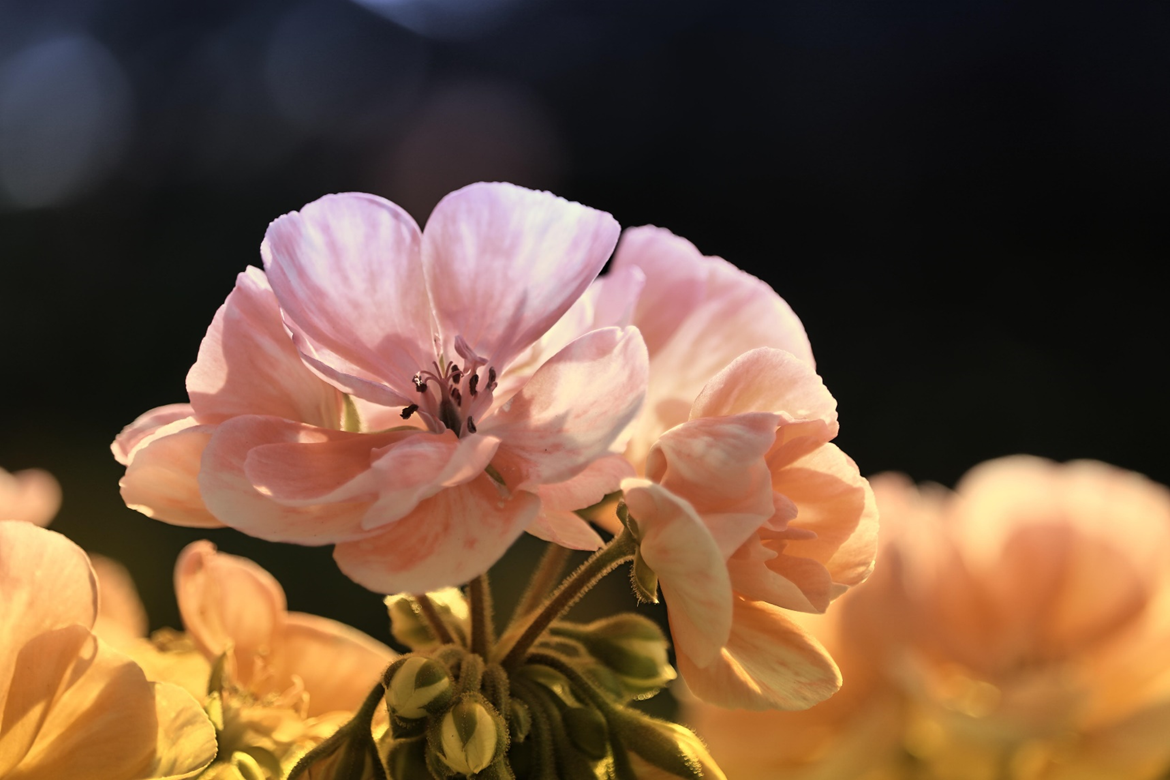
How would you choose to connect with the world of geranium plants? They are said to be perfectly suited as an easy-to-care-for option for those who do not have a green thumb or wish to spend a lot of time on caring for a plant. They are notable in their ability to ward off insects such as mosquitos and wasps, uplift your mood and provide beauty.
Maybe adopt a geranium for your indoor or outdoor living space, gift one to a friend, or simply spend a few extra moments noticing geraniums in your neighborhood?
